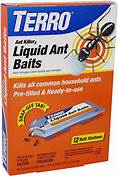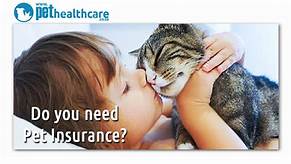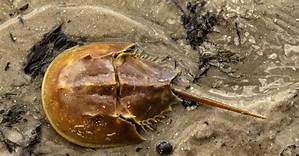Are Ant Traps Safe for Pets?
Ant traps are commonly used in homes and businesses to control and eliminate ant infestations. While these traps can be effective in reducing ant populations, it's important to consider their safety around pets. Some ant traps may contain harmful substances that can pose a risk to the health of your beloved furry friends. Let's delve into the potential risks and precautions associated with using ant traps in pet-friendly environments.

Understanding the Risks
Certain types of ant traps may contain insecticides or pesticides that are toxic to pets. These chemicals can be harmful if ingested, inhaled, or absorbed through the skin. Depending on the specific active ingredient used in the trap, the effects on your pet can range from mild irritation to life-threatening conditions.
Some common insecticides found in ant traps include:
- Fipronil
- Boric acid
- Pyrethroids
- Hydramethylnon
- Abamectin
These chemicals can cause a variety of symptoms in pets, such as:
- Vomiting
- Diarrhea
- Loss of appetite
- Lethargy
- Tremors
- Seizures
- Skin irritation
- Eye irritation
- Respiratory problems
- In severe cases, death
Choosing Safe Ant Traps
Not all ant traps are created equal. Some traps are specifically designed to be pet-friendly, while others may not provide adequate protection for your furry companions. When selecting an ant trap, carefully read the product label to determine its safety for use around pets.
Here are some key factors to consider when choosing a pet-friendly ant trap:
- Active Ingredient: Choose a trap that contains a pet-friendly active ingredient. Look for traps that use natural or less toxic chemicals, such as borax or diatomaceous earth.
- Trap Design: Select a trap that is enclosed or tamper-resistant. This will help prevent your pet from accidentally coming into contact with the insecticide or pesticide inside the trap.
- Placement: Place the trap in areas that are inaccessible to your pet. Avoid placing traps near pet food, water bowls, or areas where your pet spends time.
Additional Precautions
Even if you choose a pet-friendly ant trap, it's important to take additional precautions to minimize the risk to your pet:
- Keep Traps Out of Reach: Store ant traps in a secure location where your pet cannot access them, even if they are enclosed or tamper-resistant.
- Supervise Your Pet: If you must use an ant trap in an area where your pet has access, supervise your pet closely to ensure they do not come into contact with the trap.
- Dispose of Traps Properly: When the ant trap is no longer needed, dispose of it properly according to the instructions on the product label. Do not leave used traps lying around, as they may still contain harmful chemicals.
- Seek Veterinary Care: If you suspect your pet has ingested, inhaled, or come into contact with an ant trap, seek veterinary care immediately.
By following these precautions, you can help keep your pets safe while effectively controlling ant infestations in your home or business.
Declaration: All article resources on this website, unless otherwise specified or labeled, are collected from online resources. If the content on this website infringes on the legitimate rights and interests of the original author, you can contact this website to delete it.





